How The Netherlands Became World’s First Country With No Stray Dogs on the Streets
Pets, as cherished members of our families, deserve rights and protections that ...
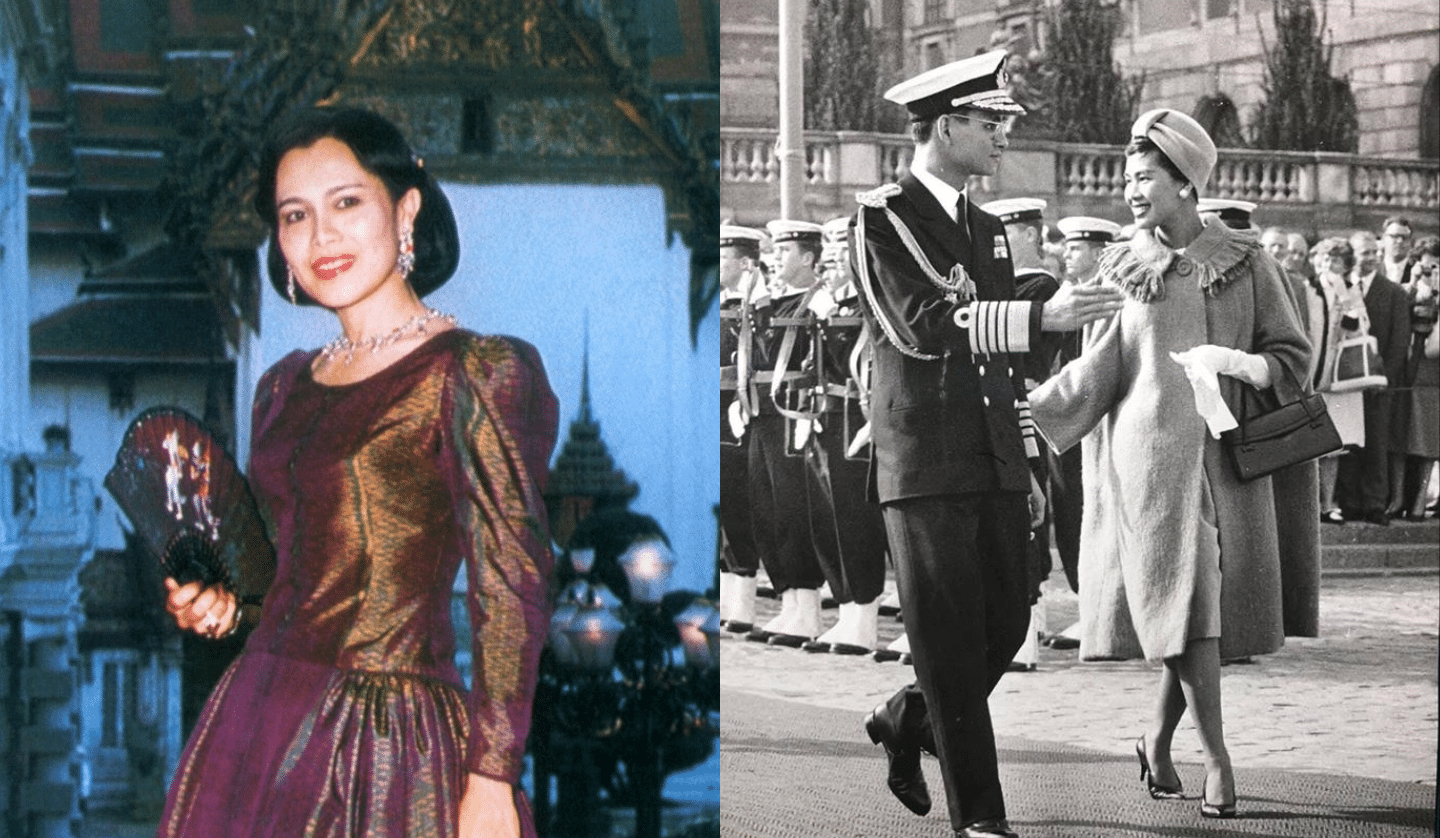
The nation mourns the passing of Her Majesty Queen Sirikit The Queen Mother, and yet today it is a moment to turn the spotlight on her influence on Thai identity and fashion, a reflection of her exquisite sense of style and the luminous dignity with which she carried Thailand’s heritage on the world stage. Her wardrobe was a statement of identity, craft and national pride.
Her Majesty Queen Sirikit The Queen Mother’s sense of style was admired not only in Thailand but across the world. From elegant Thai royal costumes to refined international fashion, her wardrobe reflected grace, sophistication, and cultural pride. Over the years, she combined traditional Thai textiles with modern silhouettes, and on state visits, she often wore tailored gowns and couture ensembles that captured global attention.
This collection of iconic looks showcases her timeless elegance, highlighting how she balanced Thai heritage with international style.
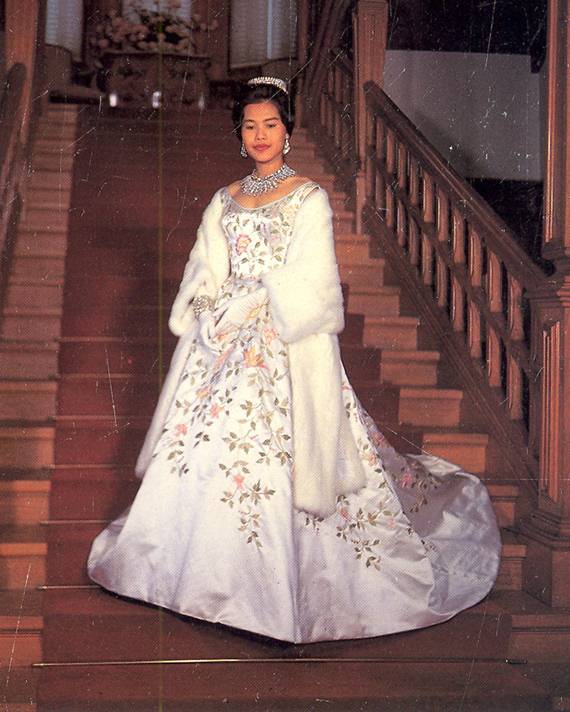

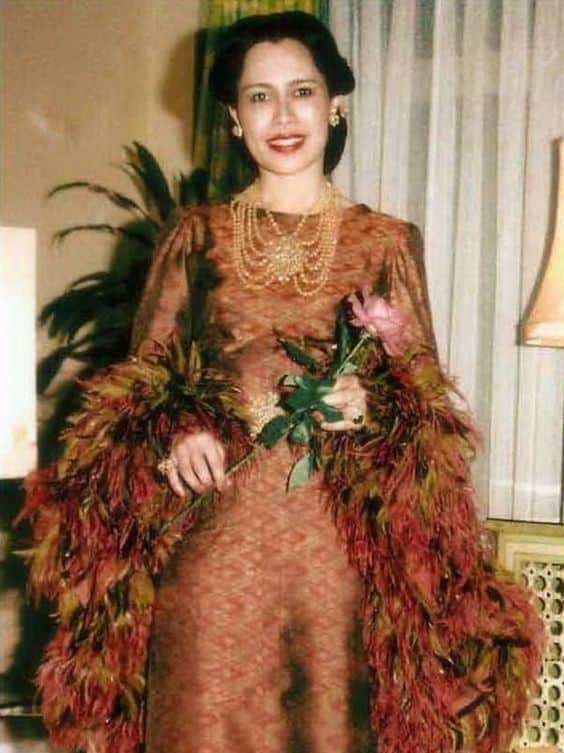
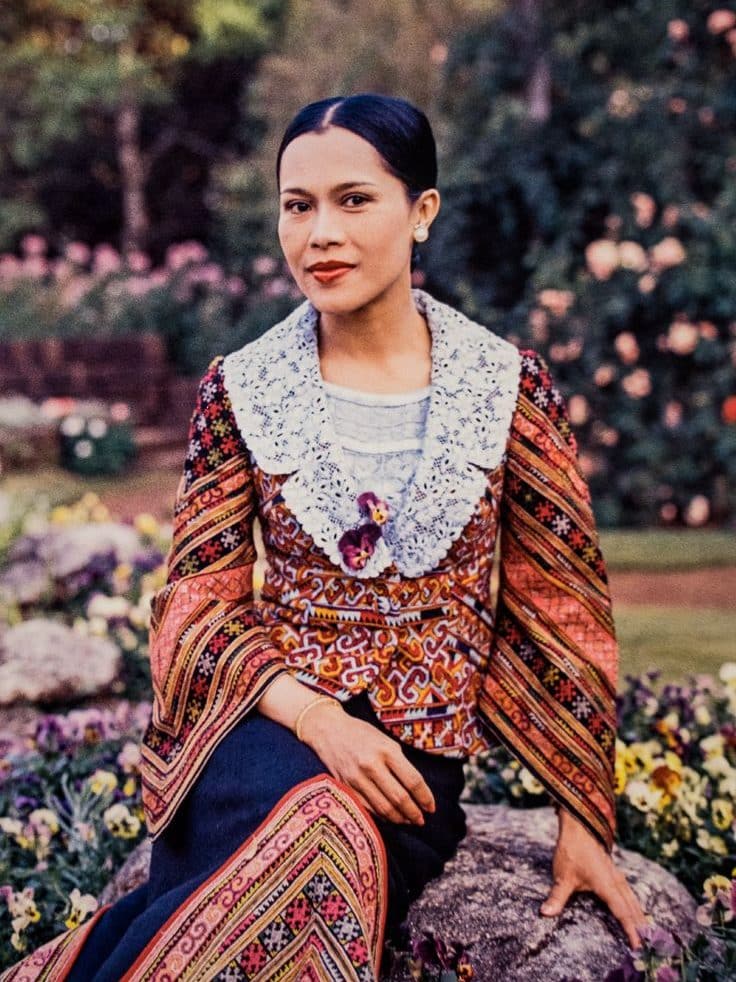
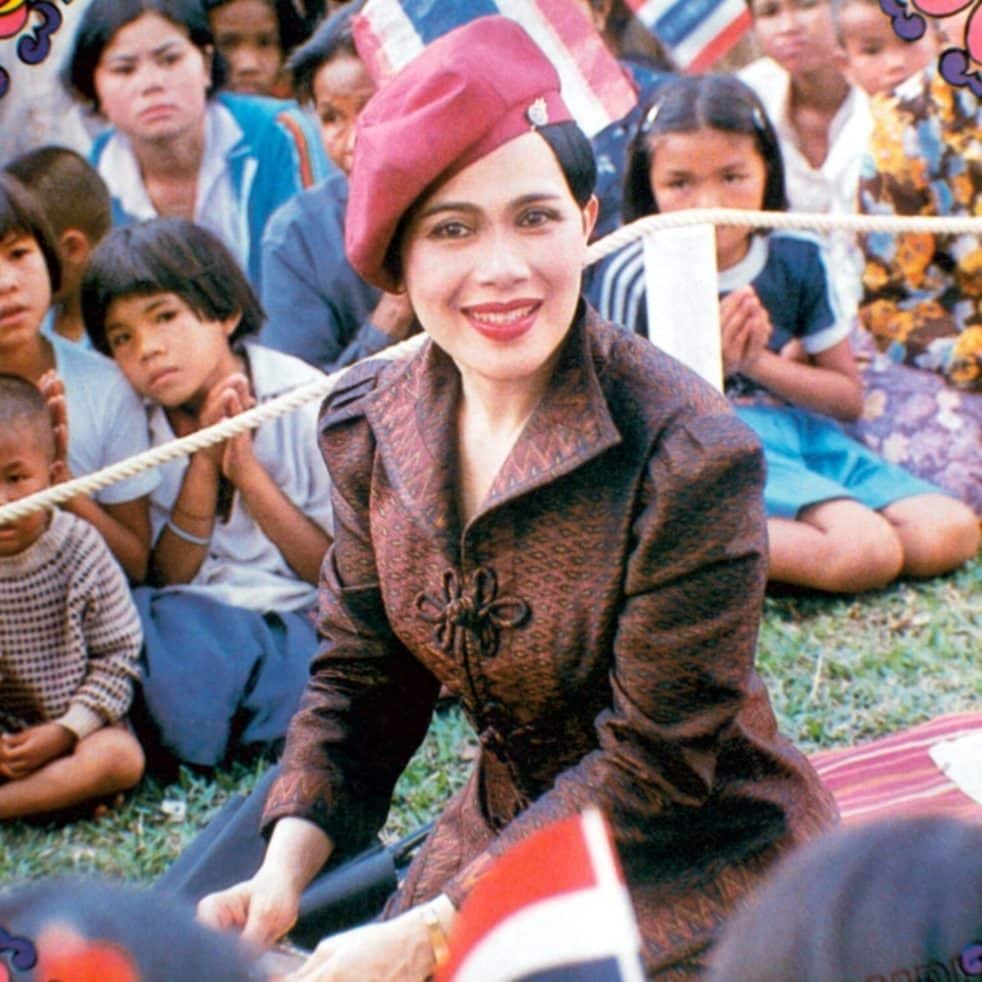
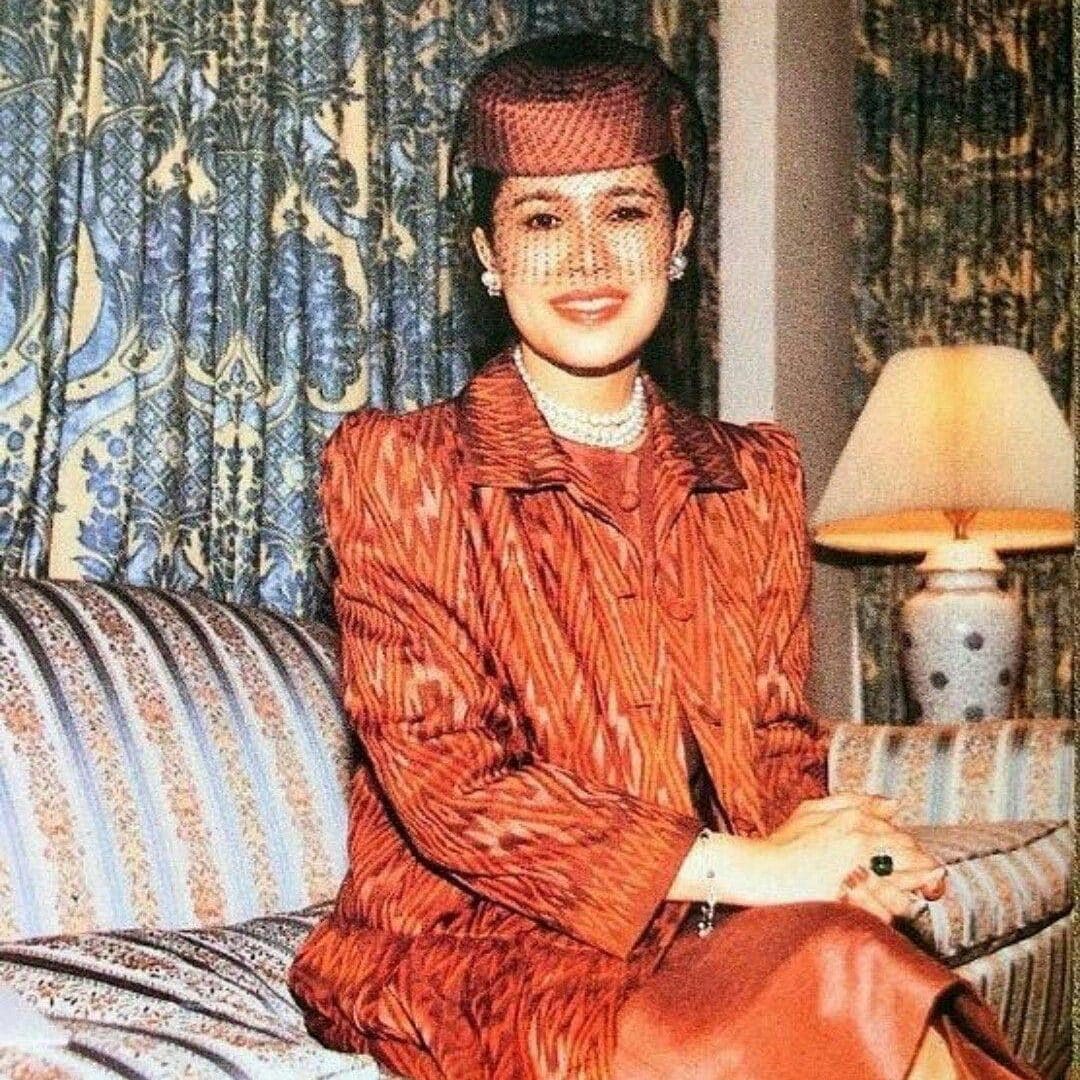
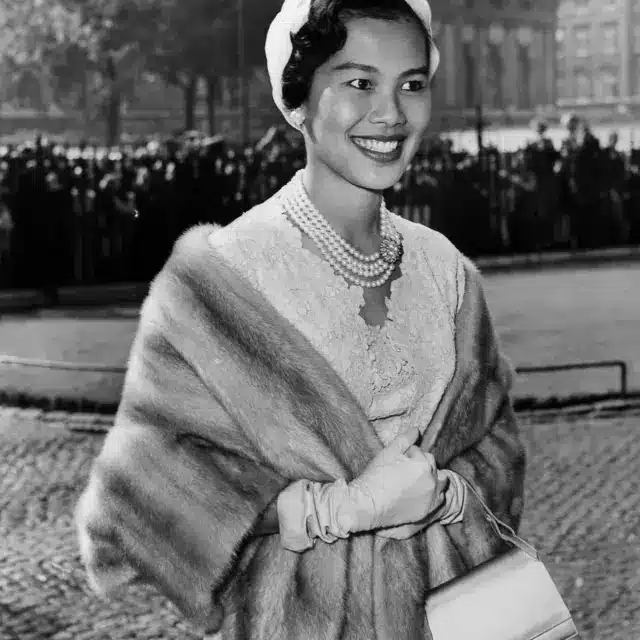


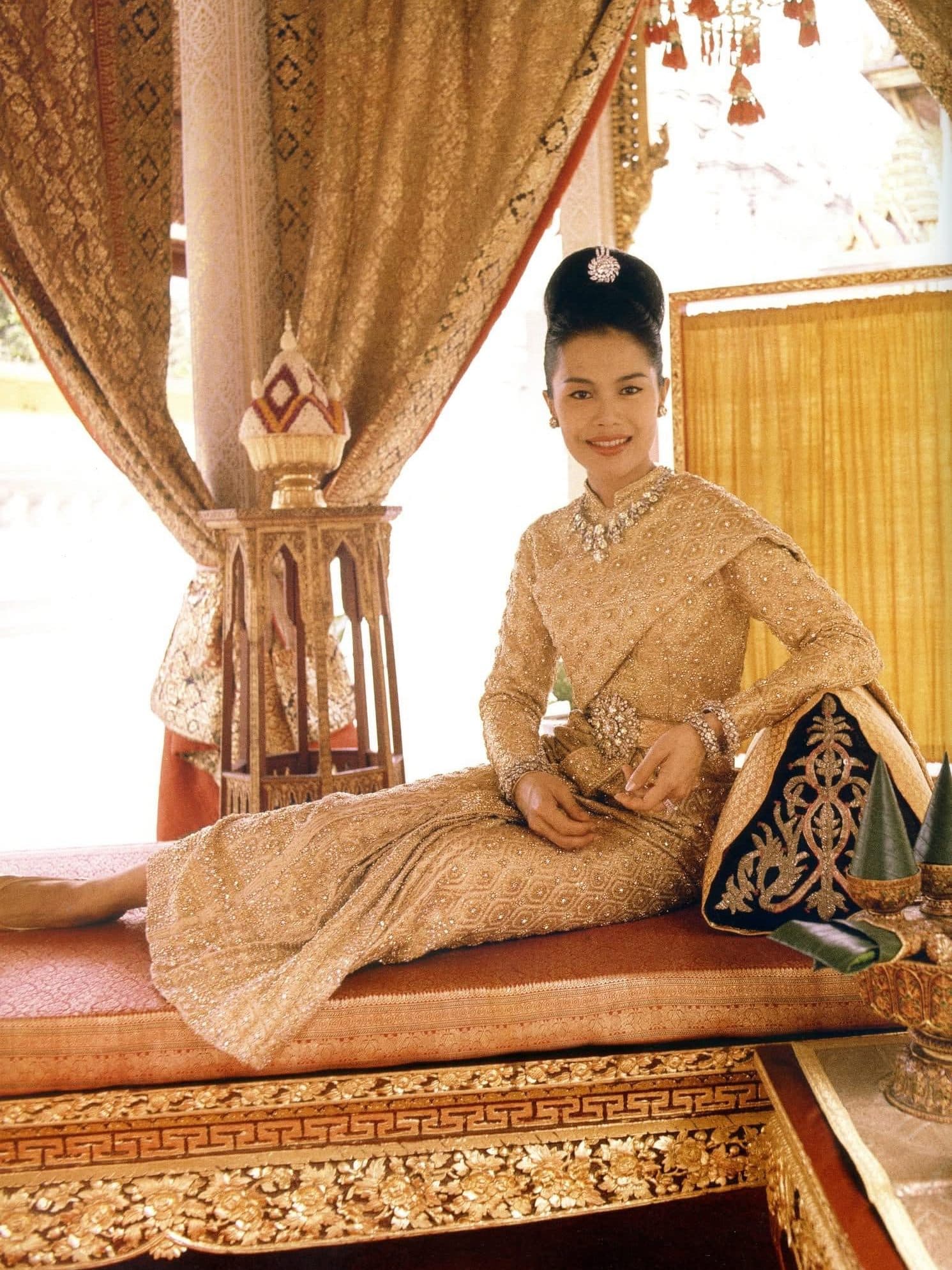
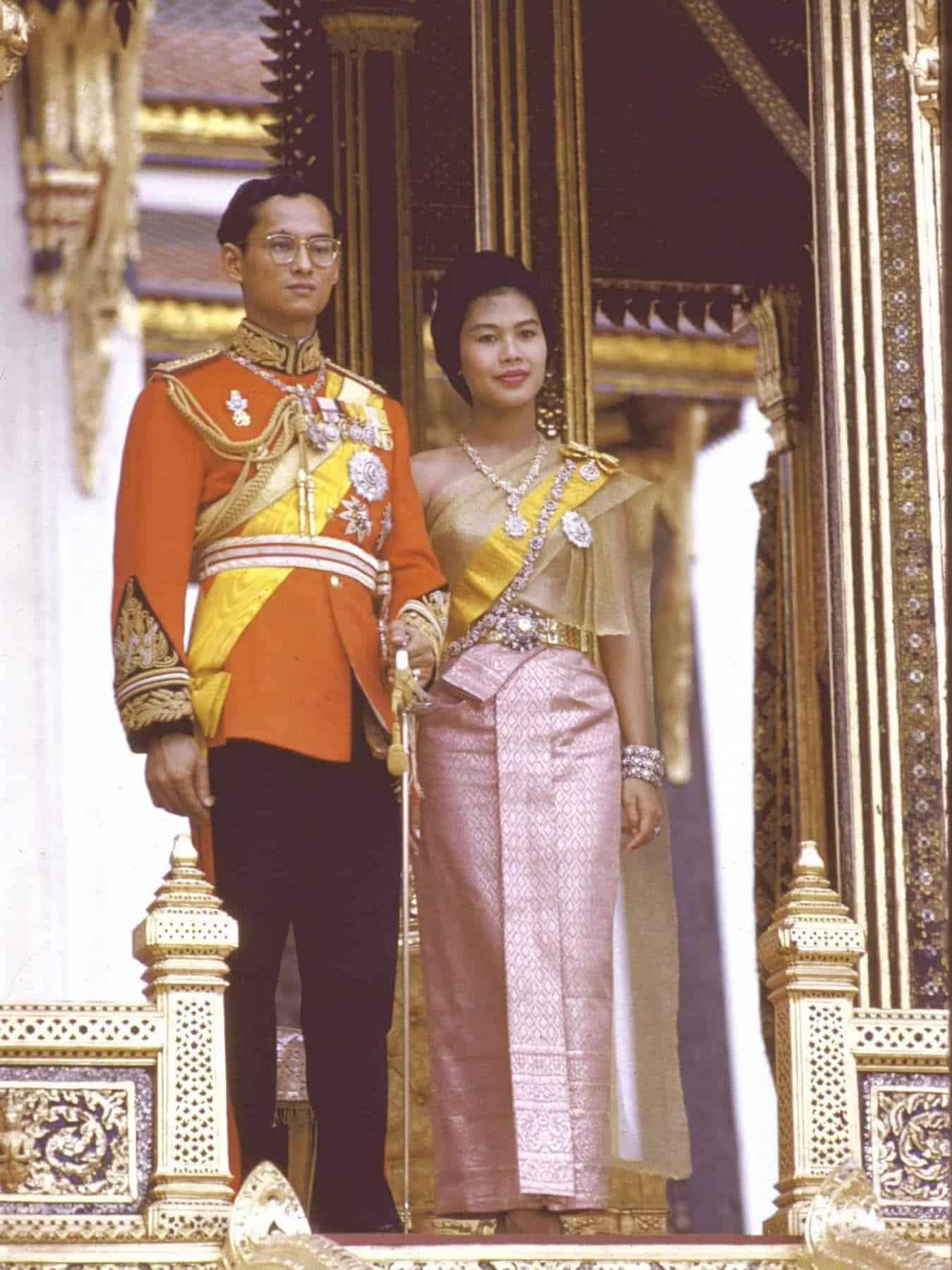
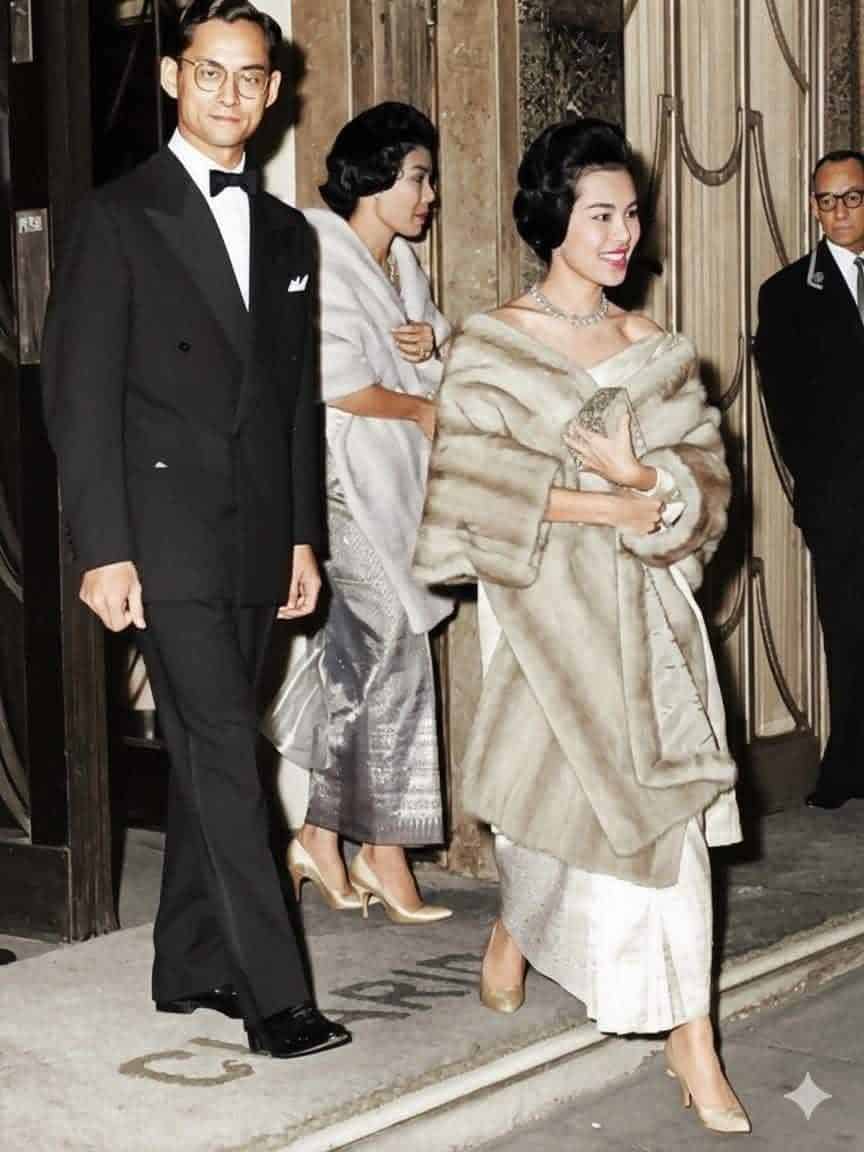
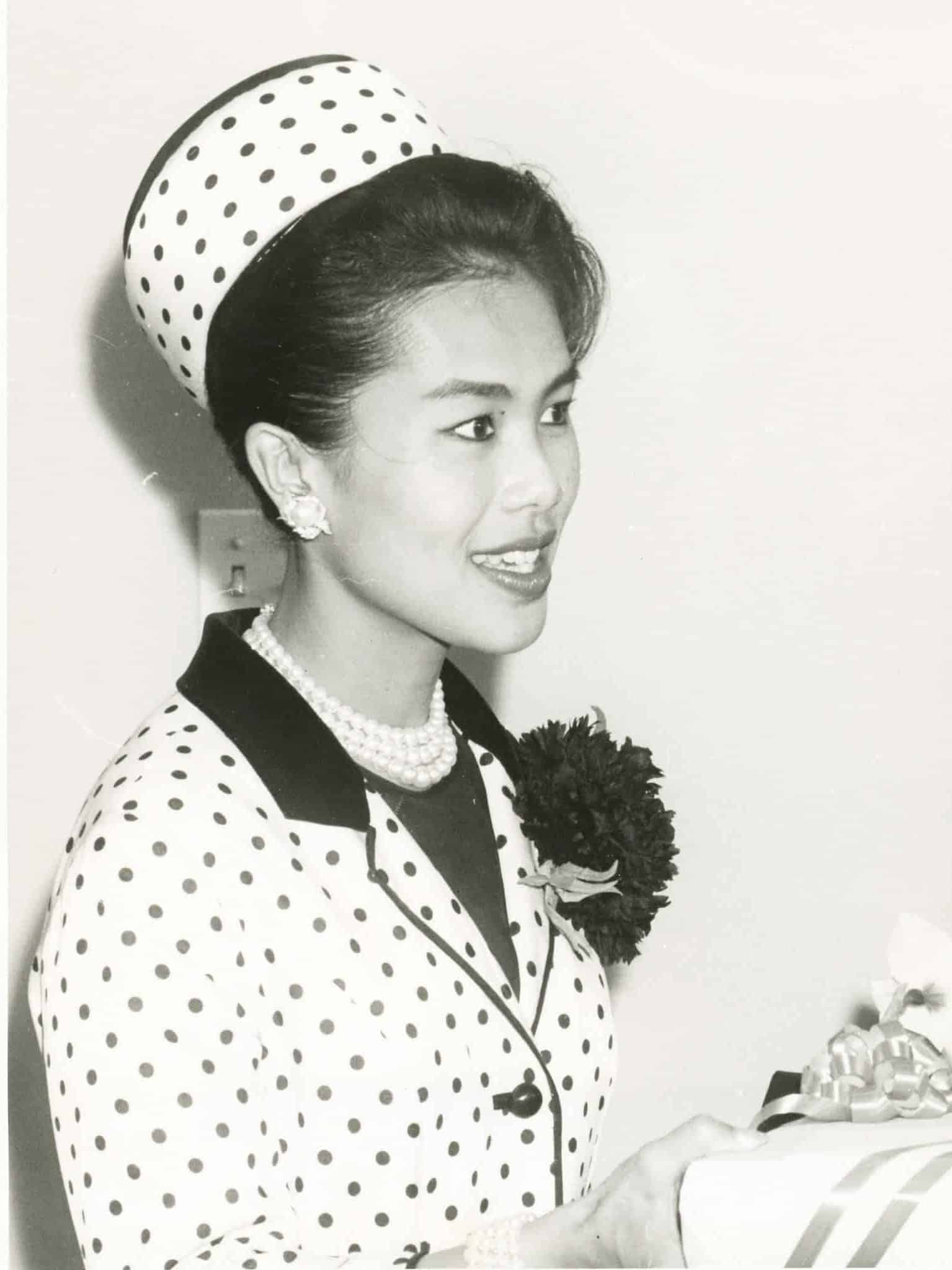
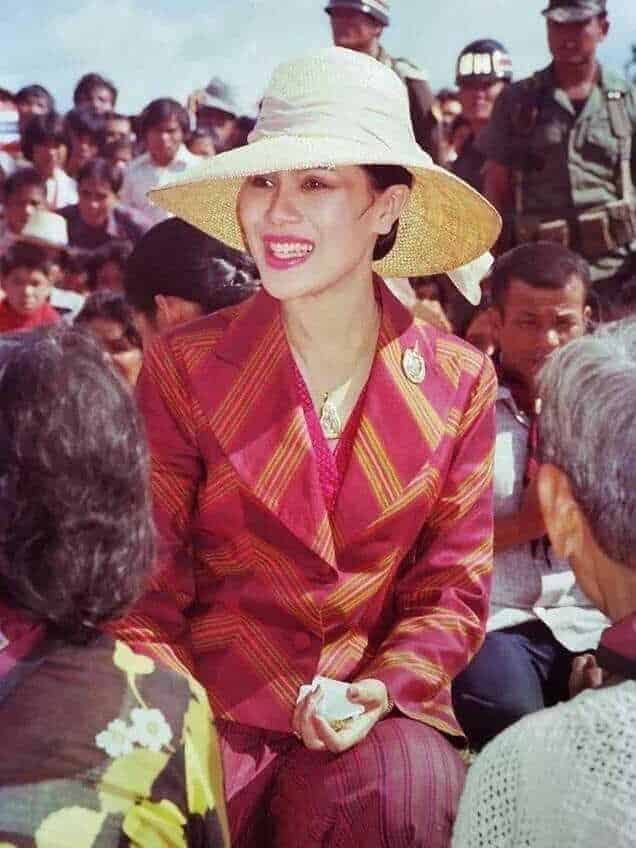
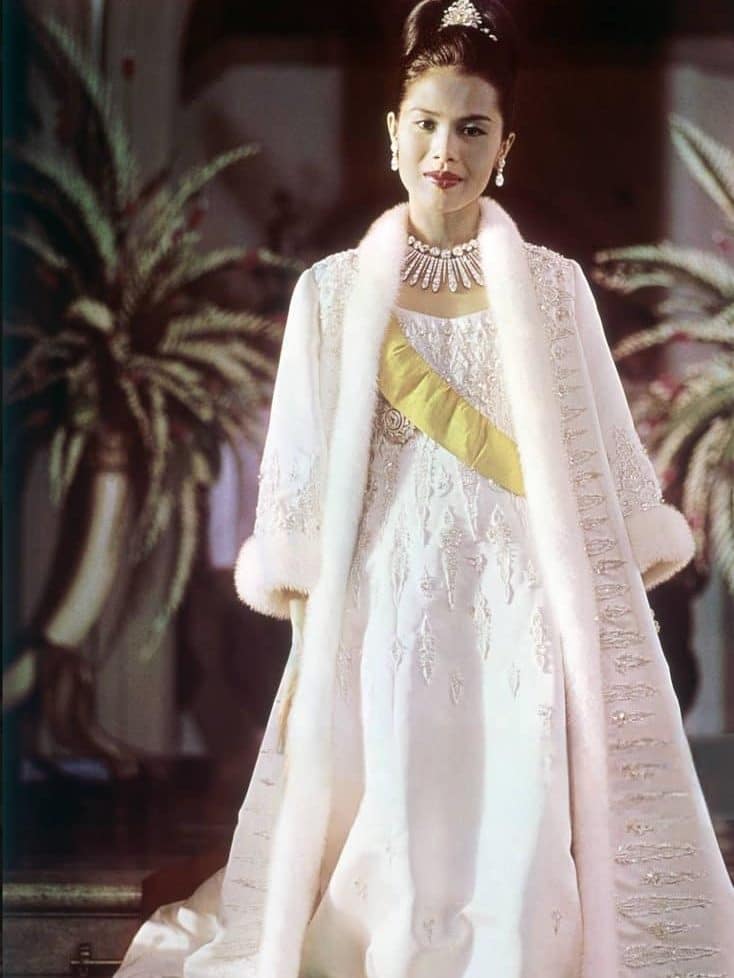
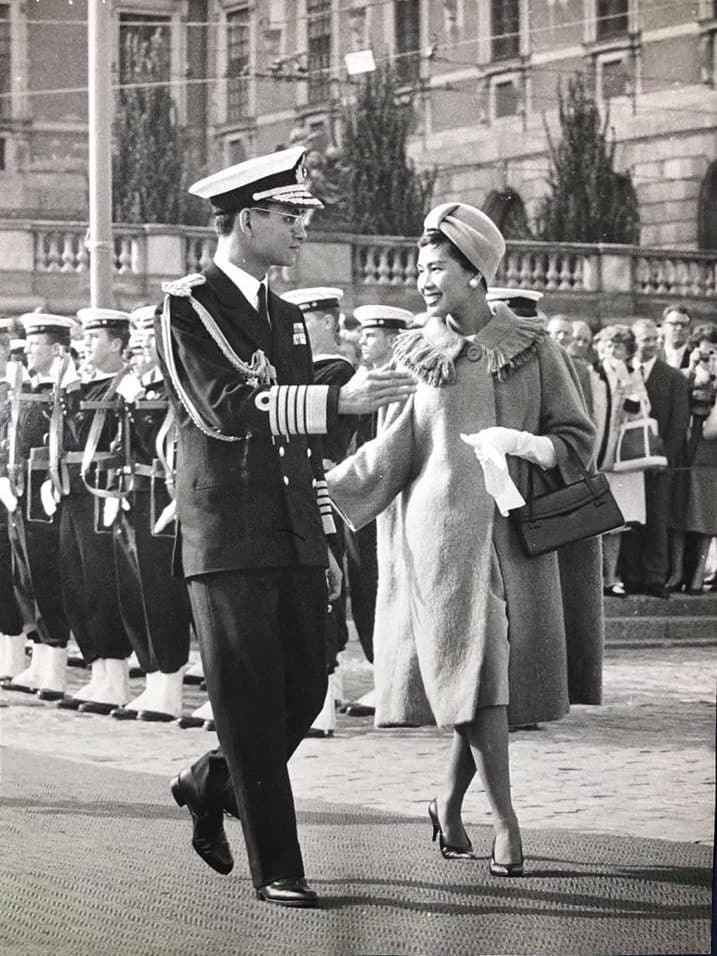
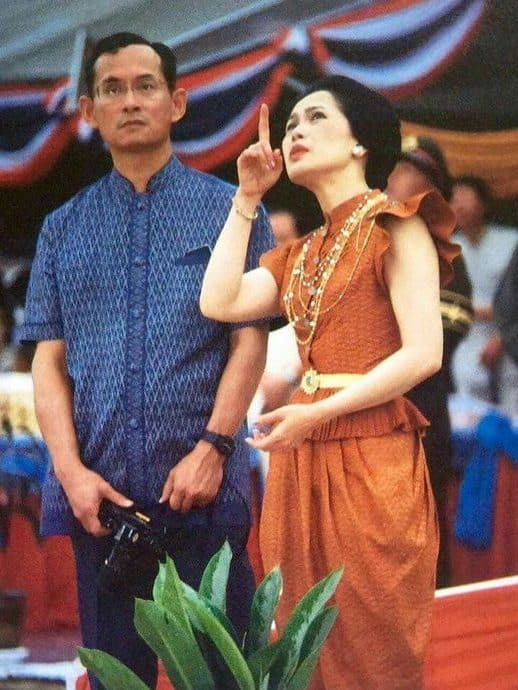
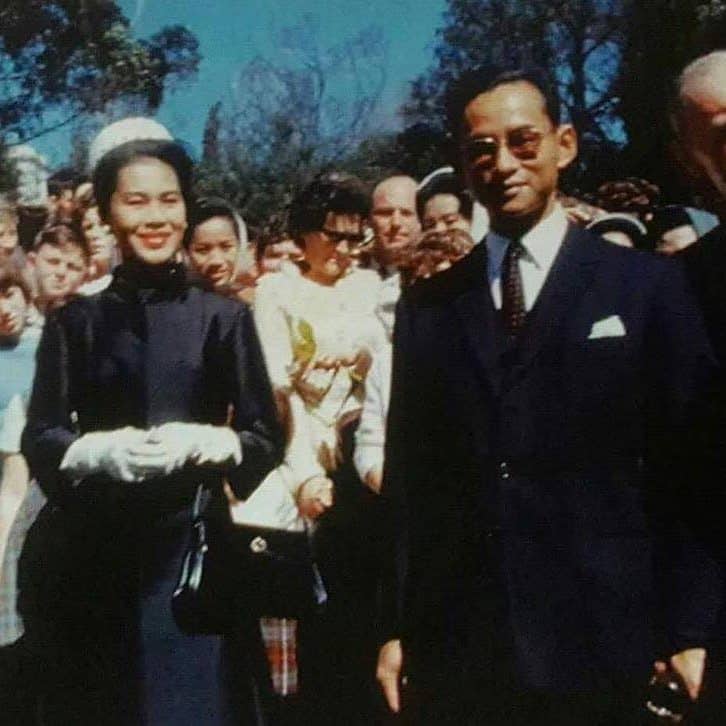

In the 1960s, as she accompanied His Majesty King Bhumibol Adulyadej the Great on diplomatic visits across Europe and America, Her Majesty recognised that while Thailand possessed magnificent cultural traditions, women lacked a formal national dress that could confidently represent their identity abroad. With this vision, she commissioned research into the garments of the ancient royal court and reimagined them through modern tailoring to create designs that were elegant, wearable and timeless.
While all eight Royal Thai Costumes themselves were entirely Thai in origin, Her Majesty also drew inspiration from international fashion. She collaborated with renowned French couturier Pierre Balmain, particularly to refine her personal diplomatic wardrobe for state visits to the West. Balmain’s influence is most notable in adapting traditional Thai silks and motifs into Western-style garments suitable for international events, and he contributed to the designs of formal gowns such as Thai Dusit and Thai Chakri. However, the ultimate creation of the eight Royal Thai Costumes was a broader, multifaceted effort led by Queen Sirikit, synthesising Thai history with modern elegance.
The outcome of her domestic design initiative was the creation of the “Chut Thai Phra Ratchaniyom” (Royal Thai Costumes), eight distinctive styles that remain the foundation of Thai national dress today.
In naming the costumes, Her Majesty graciously entrusted Mom Luang Maneerat Bunnag her lady-in-waiting at the time, to give each outfit its official title. Drawing inspiration from royal halls, palaces and significant locations within the Grand Palace and Dusit Palace, these names were then authorised by Her Majesty for use by Thai women as examples for tailoring and everyday wear.
Each of these designs embodies a particular moment in occasion and formality:
Pets, as cherished members of our families, deserve rights and protections that ...
These top 5 barber shops in Bangkok are where gentlemen can elevate ...
Sailorr and Molly Santana’s black grills fuse hip-hop swagger with homage to ...
Wandering around the globe, try out the signature tastes of cultures across ...
Once punk was a middle finger to the establishment, with Vivienne Westwood ...
You’ve seen their art, but do you know the pain behind it? ...
Wee use cookies to deliver your best experience on our website. By using our website, you consent to our cookies in accordance with our cookies policy and privacy policy